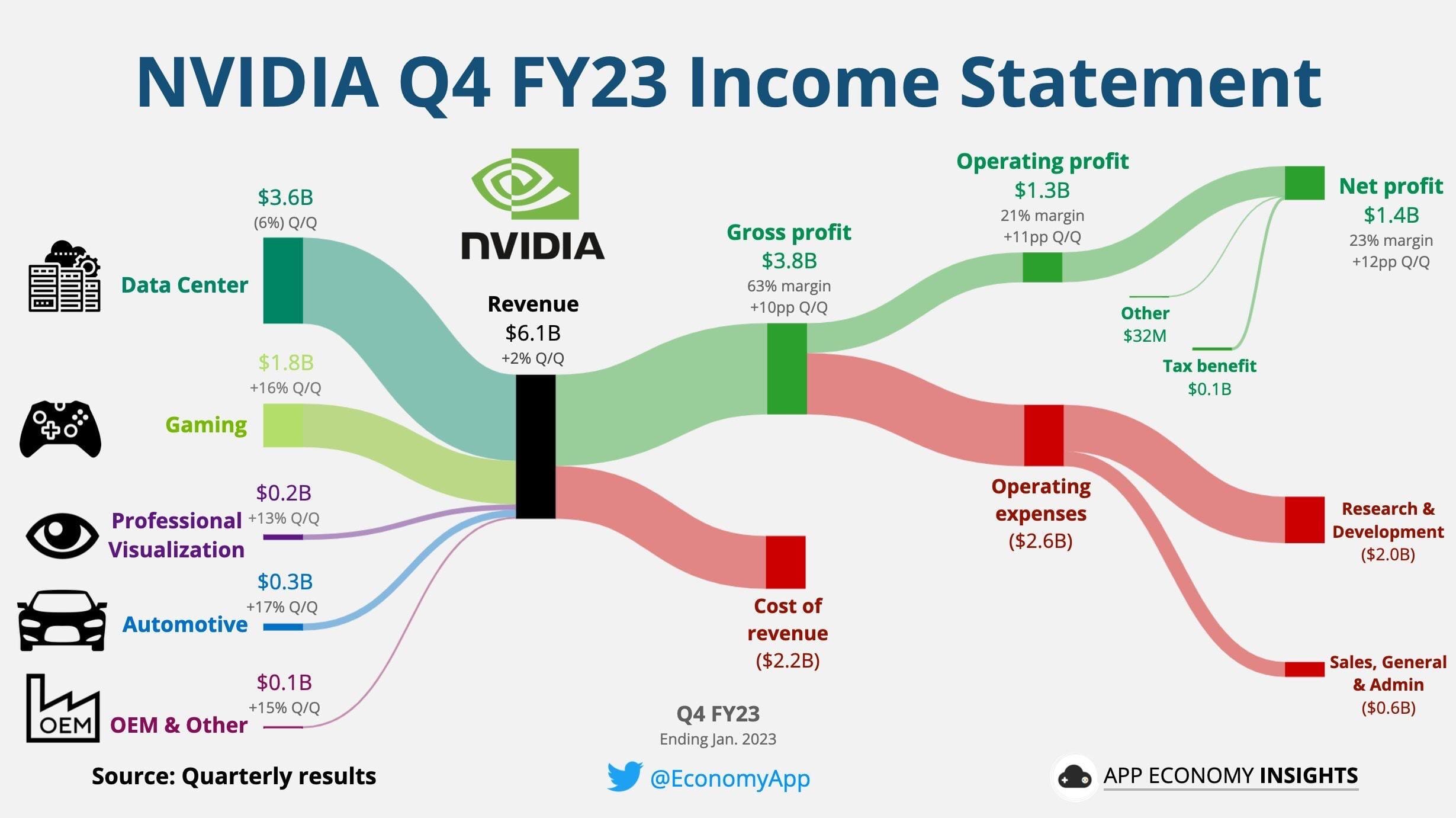The recent collapse of Puerto Rico’s power grid has left thousands of residents in the dark, highlighting ongoing vulnerabilities within the island’s energy infrastructure. The Puerto Rico Electric Power Authority (PREPA) reported that the failure was triggered by a combination of technical issues and adverse weather conditions. As a result, officials have estimated that it may take up to two days to restore electricity to all affected areas.
The power outage began late in the afternoon when a series of failures in the electrical system led to widespread blackouts. PREPA technicians quickly mobilized to assess the situation, but the complexity of the grid’s issues required extensive troubleshooting. As the evening progressed, many residents reported losing power, and the situation escalated as more areas were affected.
In the aftermath of the outage, PREPA issued a statement outlining the challenges faced by their teams. They emphasized that the electrical grid’s aging infrastructure has been a persistent issue, exacerbated by past natural disasters such as Hurricane Maria in 2017, which devastated the island and severely damaged its power systems. The long-term impacts of that disaster have left the grid susceptible to failures, raising questions about its resilience and reliability.
Officials have assured the public that efforts are underway to restore service as quickly as possible. Crews have been dispatched across the island, focusing on critical infrastructure such as hospitals and emergency services. However, the unpredictable nature of the repairs means that some neighborhoods may experience longer wait times for restoration. As the situation develops, PREPA is committed to providing updates to the public regarding progress and estimated restoration times.
In addition to the immediate impact on residents, the outage has broader implications for Puerto Rico’s economy and public safety. Businesses have been forced to close or operate at reduced capacity, and many residents are concerned about food spoilage and access to water, as many water systems rely on electricity to function. The situation underscores the importance of a robust and reliable power grid, particularly in a region prone to natural disasters.
Community leaders and local officials have expressed frustration over the recurring power issues, calling for a comprehensive review of the island’s energy policies and infrastructure. They argue that investing in modernizing the power grid and diversifying energy sources could help mitigate future outages and improve overall reliability. Renewable energy initiatives, such as solar power, have gained traction in recent years, but the transition has been slow and remains a topic of debate among policymakers.
As residents cope with the challenges posed by the power outage, many have turned to social media to share their experiences and seek information. The community’s response has been characterized by resilience, with neighbors helping one another and sharing resources. Local organizations have also stepped in to provide support, distributing food and water to those in need.
The current situation serves as a reminder of the ongoing struggles faced by Puerto Rico’s energy sector. While the immediate focus is on restoring power, the long-term implications of this collapse may prompt renewed discussions about energy reform and investment in infrastructure. Stakeholders from various sectors are likely to engage in dialogue about how to create a more sustainable and reliable energy future for the island.
In conclusion, the collapse of Puerto Rico’s power grid has left many residents without electricity, with restoration efforts expected to take up to two days. The incident highlights the ongoing challenges faced by the island’s energy infrastructure and raises important questions about the future of power generation and distribution in Puerto Rico. As the community comes together to navigate this crisis, the need for a more resilient energy system becomes increasingly apparent.



